
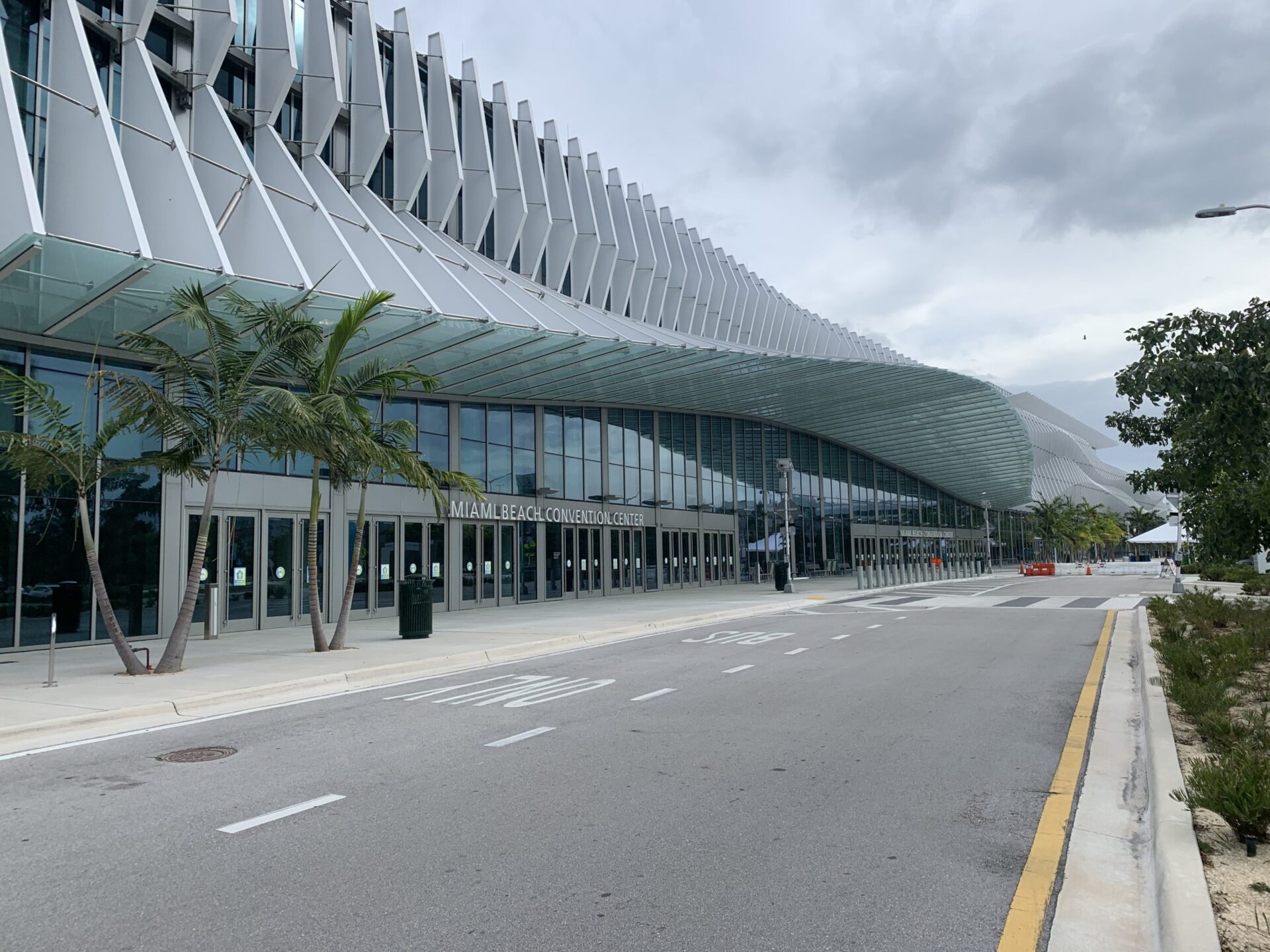
Convention center construction projects are some of the most complex and challenging assignments in today’s A/E/C industry. Part exhibition, part reception space, and part restaurant, a convention center requires the latest in communications and presentation technologies, modern convention centers are, in effect, 24-7 destinations supporting diverse end-users.
In addition to the inherent coordination and logistics challenges of building in a busy downtown area, often near historic buildings, even the most well-planned and well-executed convention center projects are likely to encounter a few challenges—especially when the venue must remain open during construction. Over the past five years, the renovation and expansion of the Miami Beach Convention Center (MBCC) in Florida encountered the usual construction challenges along with the full effect of COVID-19 and two hurricanes. Regardless of the challenges, the project team’s combination of commitment, accountability, and simple determination ensured the MBCC project opened its doors to accolades from owners and visitors alike.
The expanded, 1.4 million SF facility allows the MBCC to accommodate nearly 150 annual events, including the world-renowned Art Basel contemporary art show and well-attended Miami International Boat Show. Features of the project include a new 60,000 SF grand ballroom, multiple smaller ballrooms and meeting rooms, a new rooftop pavilion and outdoor event space, two additional levels of parking to accommodate at least 880 spaces, and 500,000 SF of reconfigured exhibit hall spaces. The renovation also improved interior and exterior infrastructure and the facility’s sustainability, as evidenced by the MBCC’s new LEED Silver certification. The exterior infrastructure included building a flood wall and a new 6.5-acre park along the adjacent Collins Canal and the restoration of a historic 1916 structure, the Carl Fisher Clubhouse, which will be available for special events and receptions. PM/CM firm Hill International, Inc. provided Owner’s Representation for the MBCC project, which was designed by Fentress Architects and built by Clark Construction.
Challenges: Knowns vs. Unknowns
The City of Miami Beach tasked the project team with delivering a renewed MBCC that would attract more international visitors, feature the latest in both front- and back-of-house technologies, and keep the building sound for years to come. “The City had a clear vision of what they wanted the new MBCC to achieve,” says Hill First Vice President, Southeast Region Eladio Castrodad, PE, PMP, CGC. “Considering that the construction was built on a tight site in a bustling downtown area with numerous stakeholders, the team’s job was to realize that vision, no matter the obstacles, and Hill’s job as Owner’s Rep was to stand by the City and their vision.”
The project’s greatest challenge was maintaining operations during construction. With the City’s clear intent to continue hosting events throughout the project lifecycle, the team had an idea of what it would take to execute the project and realize the City’s goals. To help address this primary challenge, key elements of Hill’s work included assisting in the selection and management of the project’s Construction Manager-at-Risk team, reviewing plans for staging and logistics, coordinating maintenance and protection of traffic (including pedestrian traffic), verifying quality assurance, monitoring site safety and security, and working with the entire team to make sure conventions and other events occurred on-schedule and as-planned.
In addition, the Hill team closely coordinated with the Center’s many surrounding construction projects to avoid any negative impacts or safety risks. “Coordination was so critical on this project,” explains Castrodad. “We helped the City coordinate with the municipal Authorities Having Jurisdiction, franchise utilities such as FP&L and AT&T, and county departments as well, such as environmental protection, among others.”
In addition to coordination challenges, Castrodad noted there were plenty of technical issues to address during the project as well. “All of the Center’s systems were upgraded,” says Castrodad. “Keep in mind this is a facility with roots going back to 1956 and two expansions in the 1960s and late 1980s, and you get some idea of what it took to do a complete systems overhaul.” Other technical obstacles included incomplete and inaccurate drawings of the existing facility, and the discovery of lead-based paint.
As can happen on any complex project, “unknown unknowns” would also impact project progress dramatically. First were two major hurricanes: Hurricane Matthew in 2016 followed by Hurricane Irma in 2017. Both weather events required complete demobilization of the site. Then, in early 2020, COVID-19 struck, and the U.S. Army Corps of Engineers chose to utilize the Center as a temporary acute care hospital, resulting in a significant reduction of workable area.
Addressing Impacts as a “Pure” PM
“People often look at multi-year, multi-faceted construction projects and wonder why it’s so difficult to arrive at precise schedules and estimates,” says Castrodad. “But when you are talking about work taking place over years and involving multiple interrelated systems, things will happen and not all of them are going to be good things. The key is to recognize how to best deal with a negative impact to get work back on track. Our team was committed to the success of this project, and we stood by the City throughout the project lifecycle to make sure that happened.”
According to Castrodad, Hill’s scheduling and documentation efforts helped make certain all parties understood where the work was headed and what needed to be done after each delay. This included rigorous document control procedures to ensure accountability, continuous tracking of ball-in-court action items with follow-up, monthly meetings with Clark to go over updated schedules, partnering to keep construction moving forward, and, most importantly, keeping everyone informed. “Partnering, especially with the City, was our mantra on this project,” says Castrodad. “As the impacts of the hurricanes and COVID-19 hit, we wanted the City to know that we had their backs and would keep working exclusively in the project’s best interests regardless of any issues.”
Castrodad adds that, as Hill is a “for-fee-only” PM/CM firm, the City did not have to worry about any design or contracting conflicts from its Owner’s Representative, perceived or otherwise. “A firm that provides design, contracting, and project management can find itself in a bind sometimes on a project like this, as they might want to bring in their own architects or construction managers or they might want a favor on another project—that’s not an issue for Hill,” says Castrodad.
Given the magnitude and number of unforeseen project challenges, disputes were inevitable. While the project did involve claims, all parties were able to settle and move forward to focus on project completion.
A 21st Century Convention Center
The new MBCC has received several industry accolades and awards, including Convention South Magazine’s 2019 Top New & Renovated Meeting Site Award and World Architecture News’ 2020 Silver Award in the Façade category. In addition, the seafront-inspired design has drawn the attention of developers eager to maximize building opportunities in the surrounding area. For convention goers, the new MBCC earns high marks on review sites. “People can easily get stuck in the weeds, but the success of this project was always going to be judged in the long-term,” concludes Castrodad. “As we come out of the pandemic and travel and tourism return to Miami Beach, I think this new convention center is going to be landmark and a point of pride for the City for decades to come.”
Share

June 23, 2025 | Articles
Jeffrey Hurley Joins Hill’s Northern California Rail Practice

June 23, 2025 | Articles
Ready, Set, Grow: First VP Chad Koelling Takes Charge of Hill’s Mountain West Region
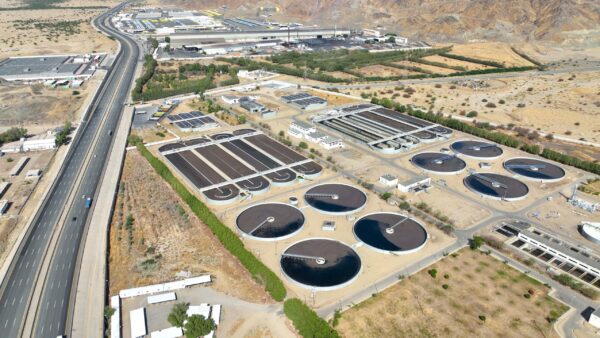
June 8, 2025 | Articles
PMO in Saudi Arabia: The Holistic Approach to Realizing a National Mega-Portfolio
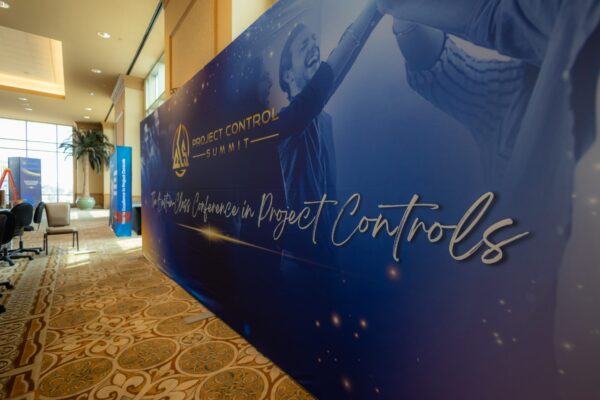
June 1, 2025 | Articles
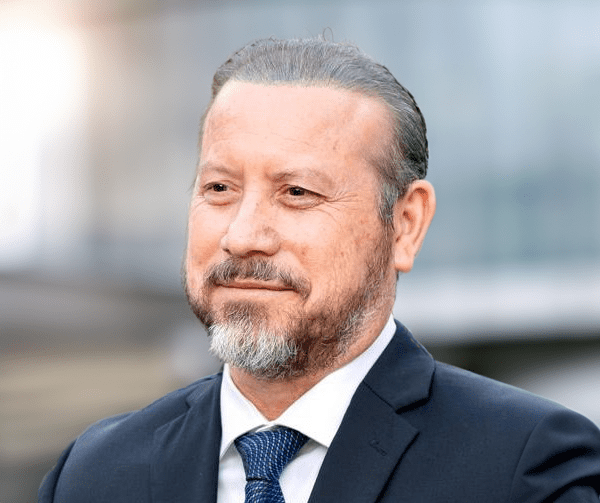
May 26, 2025 | Articles
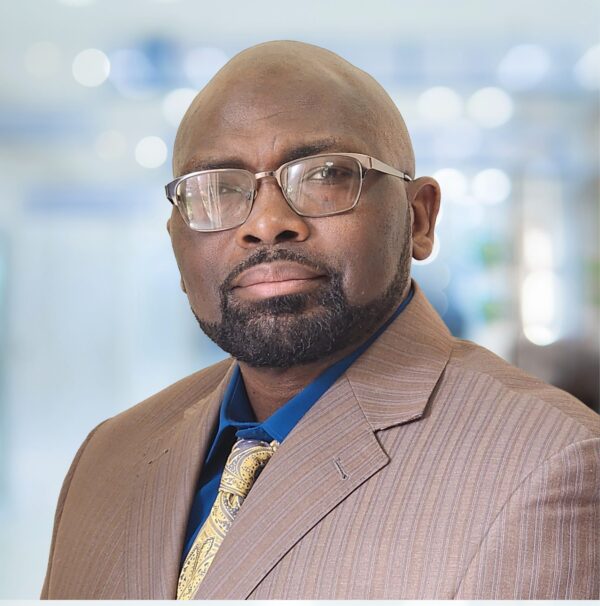
May 12, 2025 | Articles
Keeping Your Water/Wastewater Programs Flowing with Public Relations

April 27, 2025 | Articles
Oiling the Machine: Steps to Successful Permitting on Infrastructure Megaprojects

April 20, 2025 | Articles
Sustainable Scaling: Solutions for Managing Risk on Europe’s Data Center Projects